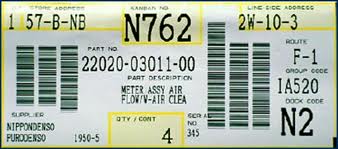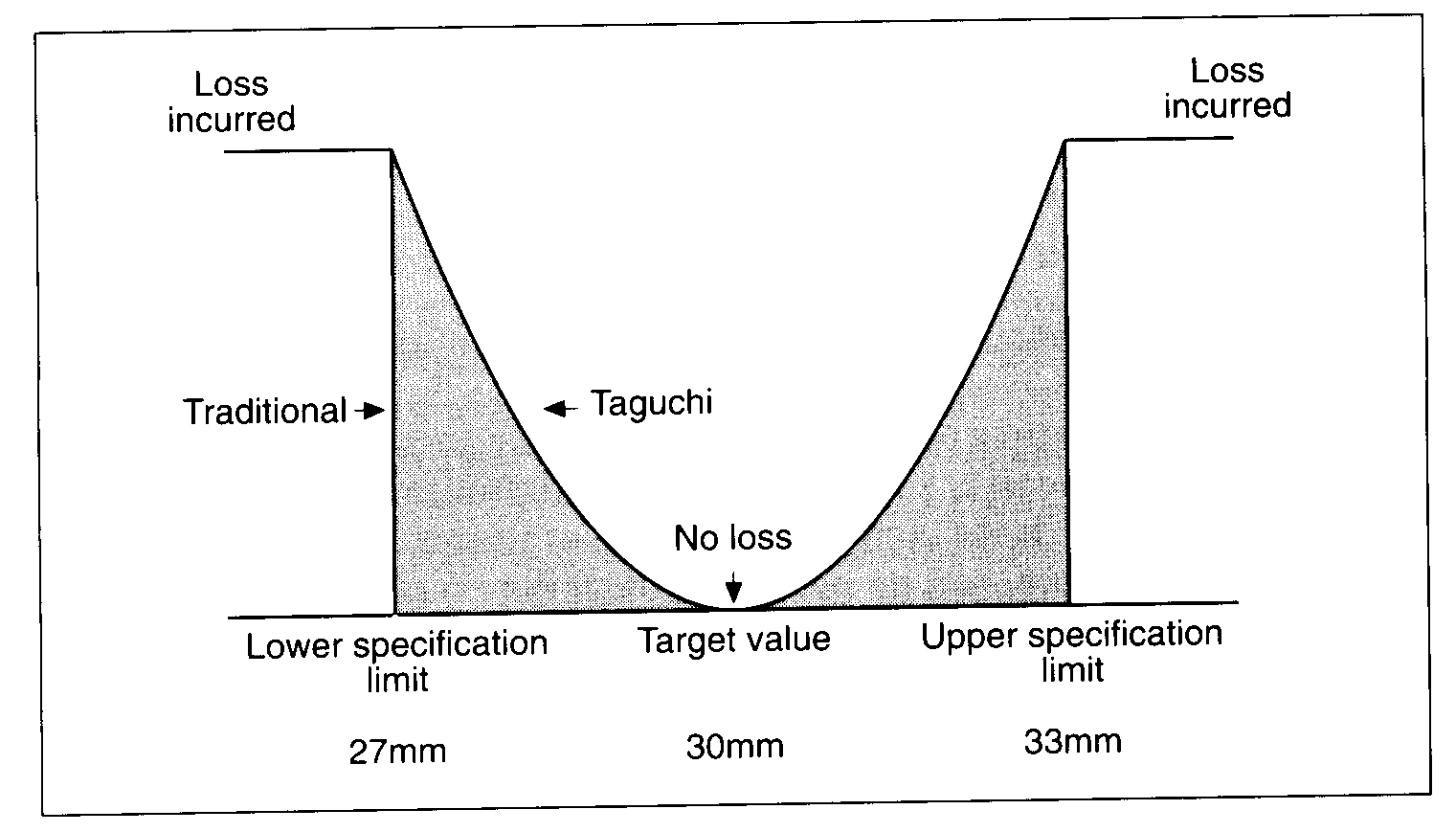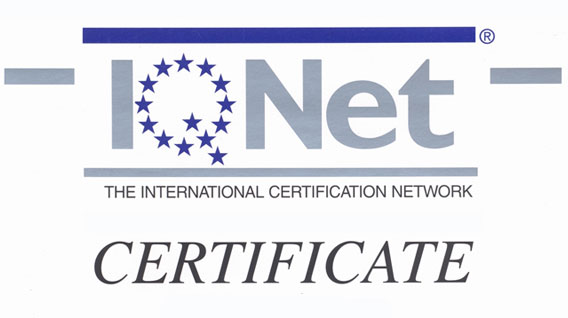Kanban Methodology: How to reduce delays and create an efficient production system
The word “Kanban” refers to the labels that are put in the products to identify them during the manufacturing processes and during their transportation; however Kanban metogology includes much more concepts that we are going to explain now.
Kanban methodology is focused on creating a production system more effective and efficient, focusing mainly in the production and logistic activities when there is a big amount of items to be processed.
What is Kanban?
Kanban systems include a group of ways to communicate and exchange information between the different operators of a production line, a company, or between supplier and customer. The purpose of Kanban Systems is to improve and simplify the communication, avoiding mistakes caused by lack of information.
The most common example of “Kanban” are the labels that are put in the products surface or in the packaging while they are being manufactured, so that they were identified with the information about where they have to be sent or what specifications they have to include.
Currently, in most companies that use a Kanban System, they have automated its methods using computers, so that for example, labels (QR or barcodes) are put in each item and they are read automatically by computer devices while they are passing for each control point. In that moment, the system automatically locates them and gives the orders to the next machines to manage each item properly according its specifications and destine.
Types of Kanban
These are some of the ways to implement a Kanban system:
– Transport labels with information about each package and its destination.
– Manufacturing labels with information about the product specifications.
– Tags with any other relevant information about the product, or about the activities that there have to be done.
These tags can be in a traditional format (handwritten or typed), they can include the information encoded in numerical codes, or using barcodes / QR codes to be read using an optical reader attached to a computer.
Advantages of using a Kanban system
Advantages in production processes:
1 – More flexibility in the production processes and transportation.
2 – If using a computerized system, it will give you information about the status of all items in real time, so you will be able to take decisions more accurately.
3 – It prevents wasting work, raw material and the use of unnecessary paperwork.
Advantages in logistics:
1 – Belter stock control.
2 – Ability to prioritize production: the type of product with more importance or urgency can be manufactured before than the rest of items.
3 – More information about the location of each item (products, packages, warehouses…).
How to implement a Kanban system
This methodology has to be implemented in four steps:
Step 1: Design the Kanban system that will be used and train staff in the principles of Kanban, and the benefits of using it.
Step 2: Implement Kanban in the busiest production lines and in the ones which generate more problems or where it is more important to avoid mistakes and delays.
Step 3: Follow and improve the system: Is it working as expected? May we do any change to adapt it? You should take into account the suggestions of the workers.
Step 4: In the last step you should obtain conclusions, improve the system, and implement it in the rest of the activities and processes.
Kanban methodology is based on some rules and tips that should be taken into account in order to implement it correctly:
– The first rule talk about not sending defectives products to the subsequent processes: when you detect a defective item you have to repair or remove it immediately. That is because producing defective products involves a waste of money in materials, equipment and labor that we will not be able to sell.
– The second rule says that subsequent processes require only what is necessary. This means that you have to calculate what amount of material and time need each activity, and then you have to give it only that, and no more.
– The third rule tells us that we should produce only the amount of product required by the process. For example, if we are manufacturing cars and each car need four wheels, we have to provide four wheels for each one, and no more. Therefore we shouldn’t produce more wheels than the exact number of them which are going to be used.
– In the next rule wants to prevent speculation: We shouldn’t speculate about if the processes are going to need more material or require more time than the needed the next time. It is very important to have a well balanced production.
– The final rule talks about standardize the processes. We have to be able to predict everything in each activity in order to program the times, materials, etc. correctly. We also have to know the potential mistakes and problems to minimize them and to repairs them as soon as possible when they occurs.
Original post (in Spanish): http://www.pdcahome.com/metodo-kanban/



